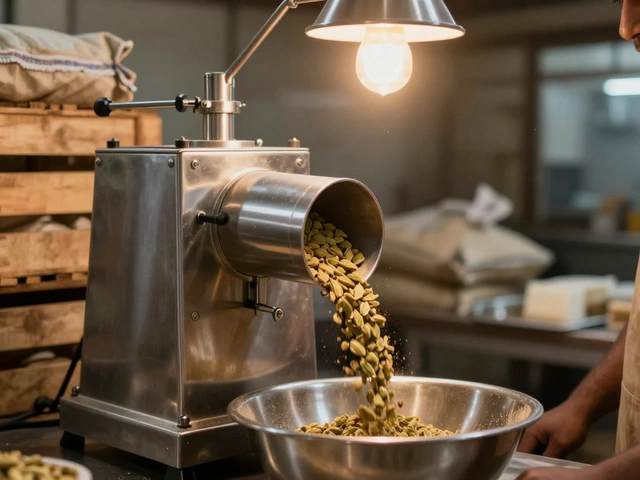Profit Insights You Can Use Right Now
Everyone wants to see the numbers go up, but figuring out where the real money lives can feel like guessing. Below you’ll find straight‑to‑the‑point ideas that actually move profit numbers, whether you’re flipping a product, starting a small factory, or looking for a low‑competition niche.
High‑Profit Flipping Ideas for 2025
Data from recent resale platforms shows three categories that consistently beat the average ROI:
- Vintage tech accessories – Think classic headphones, early‑generation smart watches, and retro gaming consoles. Buyers love the nostalgia factor, and supply is limited, so you can mark up 50‑80%.
- Specialty hobby kits – Model‑building sets, DIY electronics, and craft kits have surged as people spend more time at home. Margins often hit 60% when you bundle parts and add a quick‑start guide.
- Eco‑friendly home items – Reusable kitchenware, bamboo furniture accessories, and zero‑waste kits take advantage of the sustainability trend. Prices are steady, and you can fetch a 70% profit by sourcing from regional manufacturers.
To keep the flip engine humming, follow a simple three‑step playbook: source from verified suppliers, price based on the highest recent sale plus a 30% buffer, and ship within 48 hours. Stick to these steps and you’ll see cash flow improve fast.
Profitable Business Sectors with Low Competition
If you’re thinking bigger than a side hustle, look at industries that few players dominate yet demand is rising. Here are two that fit the bill:
Specialty textile niches – While mass‑market apparel is crowded, technical textiles for medical use, automotive interiors, and smart fabrics are still open. A small‑scale unit can start with under 10 lakh INR, and profit margins often exceed 40% because buyers value quality over price.
Food processing of regional crops – Processing millets, finger millet, or under‑utilized fruits into packaged snacks taps into the health‑food wave. The initial equipment cost is modest, and government schemes often subsidize the first 30% of capital. Once you secure a reliable farmer network, you can command premium rates and keep profit high.
Both sectors benefit from low competition, government incentives, and growing consumer interest. The key is to nail the regulatory paperwork early – licenses, food safety certificates, and textile standards – so you can start selling without delays.
Finally, always track your numbers. A spreadsheet that logs cost of goods, shipping, and overhead versus sales price will quickly show where profit leaks happen. Cut the waste, tweak pricing, and watch your bottom line climb.
Whether you’re flipping a vintage gadget or launching a niche manufacturing unit, the principles stay the same: source smart, price right, and keep costs in check. Put these tips into action today and see your profit curve tilt upward.
70% Rule in Flipping: How It Shapes Smart Manufacturing Business Ideas
Discover the nuts and bolts of the 70% rule in flipping, especially how it guides smart investment choices for manufacturing-minded entrepreneurs. This article breaks down why the rule matters, how it works, and what numbers you shouldn't ignore. You'll get practical tips, a look at common mistakes, and plenty of examples that show the good, bad, and ugly of using the 70% rule. Get ready for straight talk about its real-world impact, not just textbook theory. This is a must-read if you're thinking about turning quick flips into steady profits.
Read More




